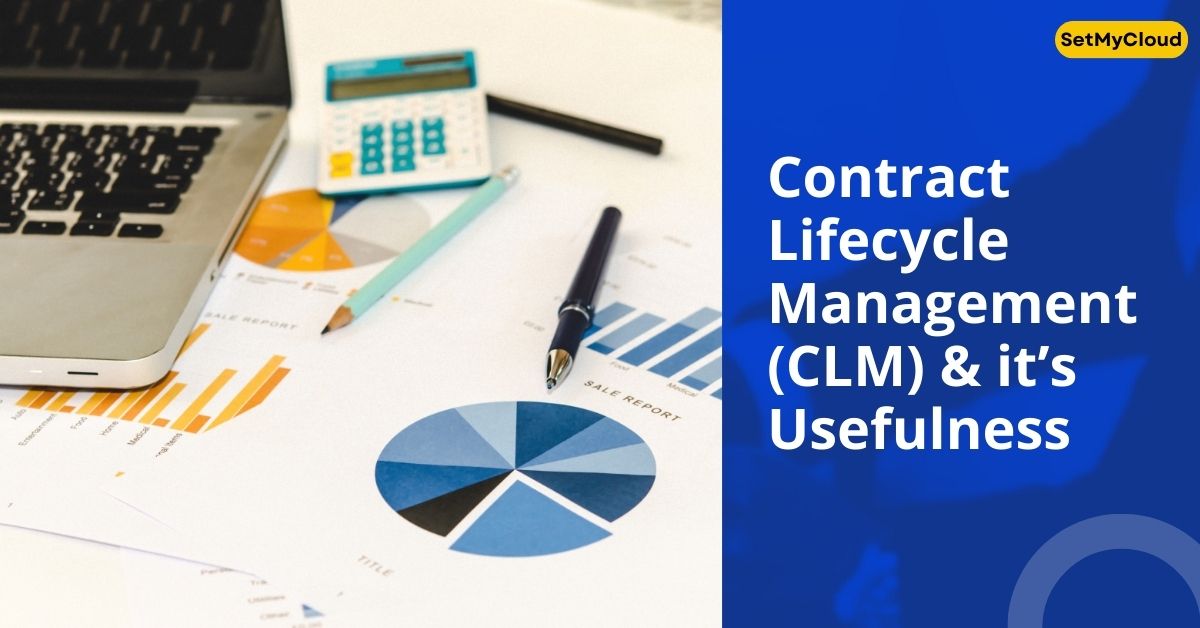Contract Lifecycle Management (CLM) refers to the comprehensive process of managing a contract from its initiation through its execution, performance, and eventual termination. CLM encompasses the creation, negotiation, approval, compliance, and renewal of contracts, ensuring they are effectively managed throughout their entire lifecycle.
Key Stages of CLM
- Initiation: Identifying the need for a contract and drafting the initial terms.
- Authoring: Creating the contract document with precise language and terms.
- Negotiation: Exchanging terms and conditions with the other party to reach a mutual agreement.
- Approval: Reviewing and obtaining necessary approvals from stakeholders.
- Execution: Signing the contract by authorized representatives.
- Obligation Management: Monitoring and managing the obligations and deliverables outlined in the contract.
- Compliance and Performance: Ensuring all parties comply with the contract terms and tracking performance.
- Amendment: Making necessary modifications to the contract as conditions change.
- Renewal/Termination: Deciding whether to renew, renegotiate, or terminate the contract at the end of its term.
- Archival: Storing the contract and associated documents for future reference and compliance.
Benefits of CLM for Streamlining Legal Contracts
- Efficiency and Time Savings:
- Automated Workflows: Automate repetitive tasks such as drafting, approval routing, and reminders.
- Templates and Standard Clauses: Use pre-approved templates and clauses to expedite contract creation and reduce errors.
- Risk Management:
- Compliance Tracking: Ensure adherence to regulatory and internal compliance requirements.
- Audit Trails: Maintain detailed records of all contract activities for accountability and audit purposes.
- Improved Accuracy:
- Version Control: Track changes and ensure all parties are working with the latest version of the contract.
- Error Reduction: Reduce manual data entry errors through automation.
- Visibility and Transparency:
- Central Repository: Store all contracts in a centralized, searchable database for easy access and tracking.
- Real-time Analytics: Gain insights into contract performance, identify bottlenecks, and make informed decisions with real-time data analytics.
- Cost Savings:
- Reduced Administrative Costs: Minimize the time and resources spent on contract management.
- Better Negotiation Outcomes: Leverage data and historical information to negotiate better terms and pricing.
- Enhanced Collaboration:
- Collaboration Tools: Enable multiple stakeholders to collaborate seamlessly during contract drafting and negotiation.
- Communication Integration: Integrate with communication platforms to streamline discussions and approvals.
- Lifecycle Monitoring:
- Obligation Management: Track deliverables, milestones, and renewal dates to ensure nothing is overlooked.
- Performance Metrics: Monitor contract performance against predefined KPIs and SLAs.
By implementing a robust CLM system, organizations can streamline their contract management processes, reduce risks, enhance compliance, and achieve greater operational efficiency.
